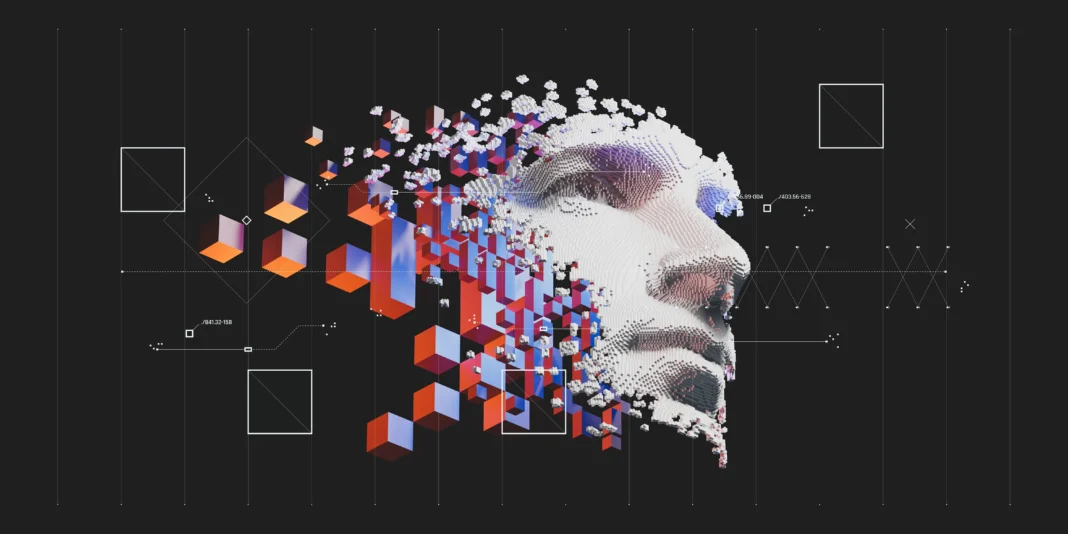The idea of an AI being trained solely on data generated by another AI may seem far-fetched and even impossible to some. However, this concept has been around for quite some time and is gaining traction as obtaining real data becomes increasingly difficult. Companies like Anthropic are already using synthetic data to train their AI models, and this trend is only expected to grow in the future.
The use of synthetic data in AI training is not a new concept. In fact, it has been around for decades, with researchers and scientists exploring its potential benefits. However, with recent advancements in AI technology and the increasing need for large amounts of data, the use of synthetic data has become more prevalent.
So, what exactly is synthetic data? Simply put, it is data that is artificially created by a computer program rather than being collected from real-world sources. This data is designed to mimic real data in terms of patterns, distributions, and characteristics. It can be used to train AI models and test their performance without the need for real data.
One of the main advantages of using synthetic data is its scalability. With the increasing demand for AI applications in various industries, the need for large amounts of data has also grown. However, obtaining real data can be a time-consuming and expensive process. Synthetic data, on the other hand, can be generated quickly and at a fraction of the cost. This makes it an attractive option for companies looking to train their AI models efficiently.
Moreover, synthetic data allows for more control over the training process. Real data can be biased or contain errors, which can affect the performance of an AI model. With synthetic data, these issues can be eliminated, ensuring a more accurate and unbiased training process. This is especially important in sensitive industries like healthcare, where the accuracy of AI models is crucial.
Another benefit of using synthetic data is its versatility. Real data is often limited in terms of variety and diversity, which can hinder the performance of AI models. Synthetic data, on the other hand, can be customized to fit specific scenarios and can include a wide range of variables and parameters. This allows for more comprehensive and robust training, resulting in more accurate and reliable AI models.
However, the use of synthetic data in AI training is not without its challenges. One of the main concerns is the lack of diversity in the data. Since synthetic data is created by a computer program, it may not accurately reflect the complexities and nuances of real-world data. This can lead to biased or incomplete AI models, which can have serious consequences in certain applications.
To address this issue, companies like Anthropic are using a combination of real and synthetic data in their training process. This allows for a more balanced and diverse dataset, resulting in more accurate and robust AI models. Additionally, advancements in AI technology, such as generative adversarial networks (GANs), are making it possible to create more realistic and diverse synthetic data.
Despite these challenges, the use of synthetic data in AI training is expected to continue to grow in the future. As the demand for AI applications increases, the need for large amounts of data will also rise. Synthetic data offers a cost-effective and efficient solution to this problem, making it an essential tool for the development of AI technology.
In conclusion, the idea of an AI being trained solely on data generated by another AI may have seemed like a harebrained idea in the past. However, with the increasing demand for AI applications and the challenges of obtaining real data, the use of synthetic data is becoming a viable and even necessary option. While there are still challenges to overcome, the potential benefits of using synthetic data in AI training are undeniable. As technology continues to advance, we can expect to see even more innovative uses of synthetic data in the development of AI.


